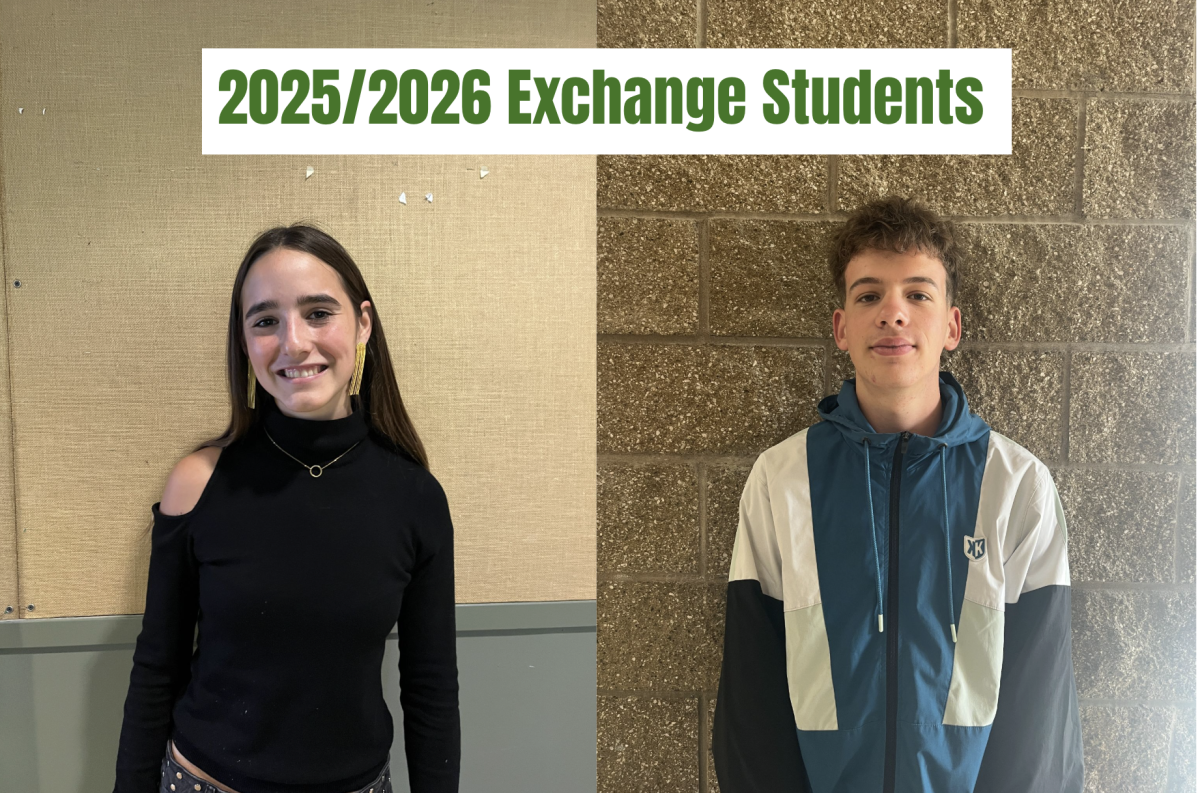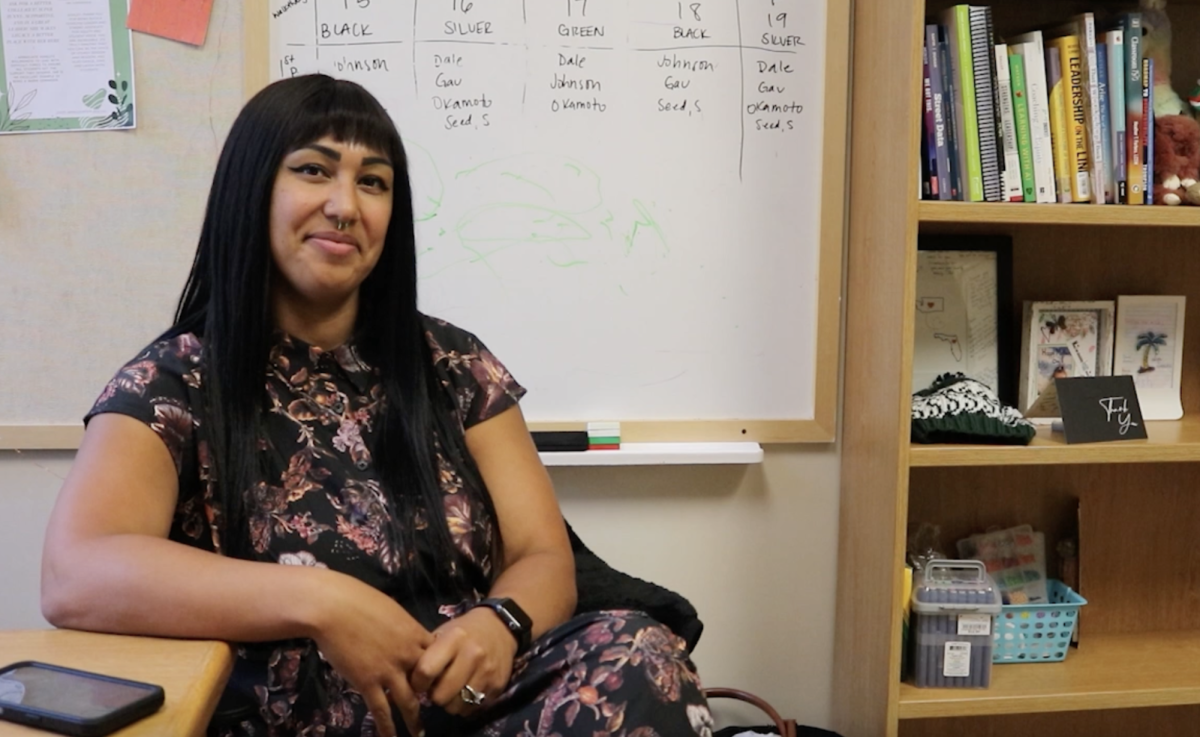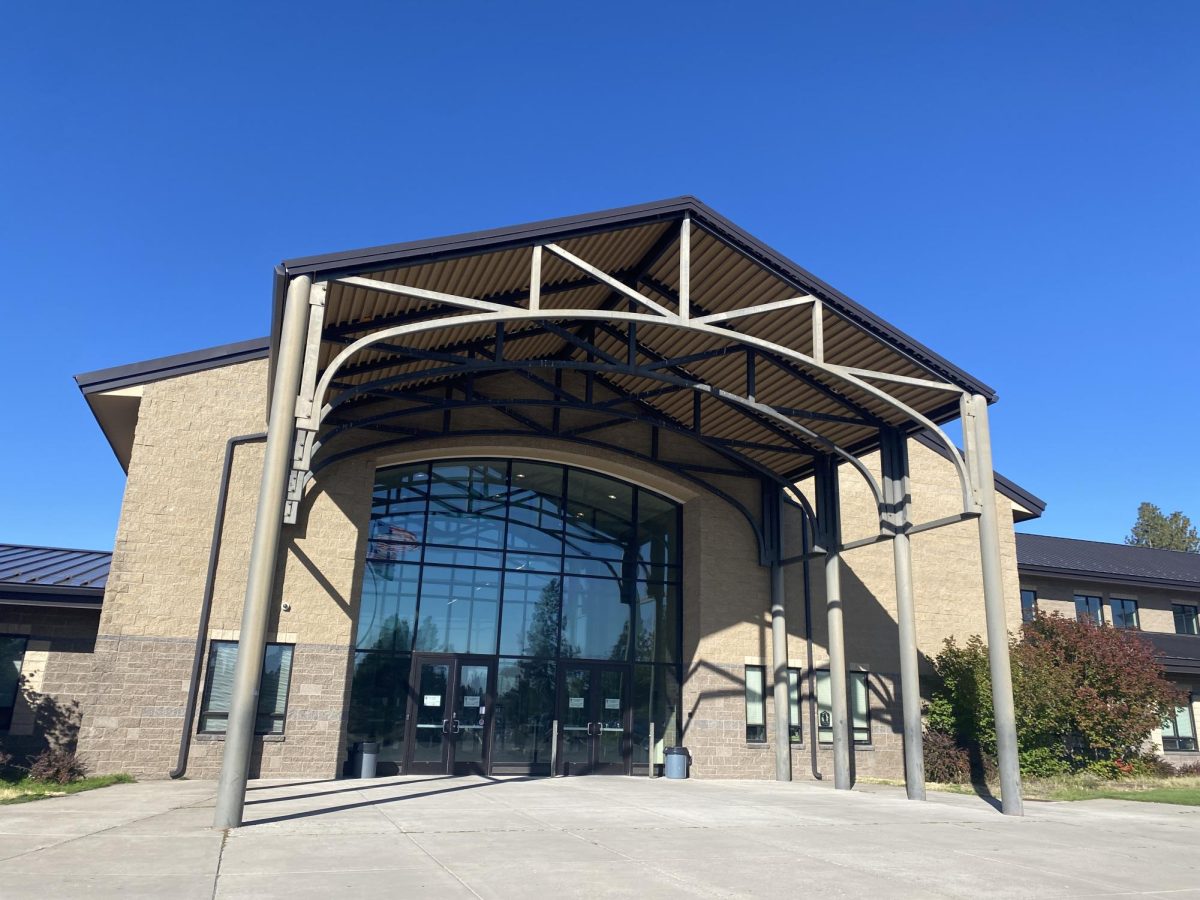Return to in-person learning: How the district plans to send students back into the classroom
Gathered rather unceremoniously on a Webex call populated by some 20 members, the Bend-La Pine School District’s School Board discussed the fate of almost 20,000 students, teachers and staff on Jan 12. Despite the unyielding Covid-19 pandemic, schools around the country have grown increasingly anxious to get students—specifically younger learners—back into an in-person educational environment.
During the nearly four-hour-long board meeting, back to school rollout plans, safety protocols, vaccination promises and budgeting were discussed—yet, despite the district’s rigor, many students and teachers were left with a bad taste in their mouths.
Teacher and student pushback began only hours after the back-to-school plans were announced on Jan. 7. Online petitions and open letters leaped through Instagram stories as local online spaces became an eddy of bitterness and confusion.
“I can hardly believe it, honestly,” said Matthew Schrader-Patton, a Summit junior and activist. Schrader-Patton—like other disgruntled students—is skeptical of the district’s ability to quell a Covid-19 threat in the Summit community.
“I don’t anticipate a sufficient level of safety from public schools,” Schrader-Patton said. “How can you detect cases with all these healthy, sprightly 14-to-18-year-olds who are very likely to be asymptomatic? How are you going to detect a case before it gets home to Mom or Grandma? Unless you can test every person, you can’t be positive that someone didn’t spread it.”
While the district has not revealed any protocols for testing, district administrators remain confident that the virus will not spread within Summit’s walls. In preparation for returning to school, board members and administrators visited Crook County high schools to observe their successful return to in-person learning.
“We learned some great things from them,” said Summit principal Michael McDonald. “Crook County hasn’t had a single case result from school-related interaction…the only transmission happened outside of school.”
It should be noted that the population of Crook County is a quarter the size of Bend’s, but the frequency of Covid-19 in residents is much greater—sitting at around 1 in 40 people, compared to Deschutes County’s still-frightening 1 in 70.
Other proactive measures taken by the district include teacher and staff vaccinations as well as the establishment of air purification and updates to school ventilation systems.
“We have some pretty industrial strength air cleaners,” McDonald said. “They’re small, but they’re strong.” These small units will dot Summit halls and accompany the already-brawny HVAC systems. “Our indoor circulation system is really good,” McDonald continued. “It replaces all the air in the building multiple times an hour, and it pulls in fresh air from outside”
Additionally, despite doubts as to the efficacy of the group 1a vaccine rollout—of which educators and other essential workers are a part of—many teachers have, as of Jan. 23, already received the first of two jabs.
Still, some students and staff remain unconvinced.
“They’re completely ignoring that age matters,” argues Schrader-Patton. With no young family members, the Schader-Patton household feels no urgency to return to in-person learning at the high school level. The district has made no arguments for this urgency either, with Interim Superintendent Lora Nordquist citing only district-wide data in her argument for returning to school.
“We have both academic and engagement data that suggests that many of our students are not being successful in Comprehensive Distance Learning,” Nordquist said. “I would estimate that we’re talking about somewhere in between 45 and 50 percent of our students.” While undoubtedly shocking, these figures become disputed on a high-school-specific level.
“It’s not what we’ve seen,” McDonald said of Nordquist’s findings. “Because of our socioeconomic demographics, we have a lot of students whose parents can help support them and provide them with tutoring.” Further, students who are struggling with distance learning are already getting in-person help through Limited In Person Instruction (LIPI). “We know who our failing students are” McDonald said. “On Tuesdays, Wednesdays and Fridays we have students who come in and they’re getting some extra help from our support staff.”
Sending older students back to school while the pandemic rages may have serious consequences. In the eyes of skeptics like Schrader-Patton, there is a greater need and a lower risk of sending young learners back to the classroom. “They have smaller lungs, they’re lower to the ground, they expel less droplets, they just contract the virus less,” said Schrader-Patton.
These protections are less pervasive in post-pubescent high schoolers, according to an Iceland study conducted by the nation’s Directorate of Health in December of 2020. Some critics are unsatisfied with this muddled and ill-defined risk-reward ratio.
Teachers, too, are feeling uneasy about this hurried transition to in-person instruction. Summit teachers sent a joint letter, authored by James Williams, and signed by 47 Summit teachers and staff members—representing nearly two-thirds of all Summit teachers and staff—to the district school board urging the district to delay return plans until conditions are safer for teachers.
“Like a lot of teachers, I’m feeling a little trepidation,” said Brady Bedsworth, a video-arts and English teacher and one of the 47 Summit co-signers. “Being thrown in a school with 800 students is a little scary, especially for some of us older teachers.” Perhaps equally threatening is the unclear and potentially unstable job security for teachers who are unwilling to return.
“Teachers who are afraid don’t really have options,” Bedsworth said. “I could take an unpaid leave of absence—my wife works at the college and we could make our budget work—but I know there are people out there who can’t.” At this time, the Bend teacher’s union is still engaged in negotiations with district administrators.
“I’m all for it—I want to get back in school, I just want to do it in a safe way,” said Bedsworth “I think that’s probably what you’ll hear from most people.”

Thomas Schwiebert is a senior at Summit High School and Co-Editor-In-Chief at The Pinnacle. In his free time, he enjoys rock climbing and listening to music. When he’s not editing, he can often be found...


































